Sushi Shikon
The business card of sous chef Murayama Daisaku reads: “Awarded Three Michelin Stars in Tokyo, Awarded Three Michelin Stars in Hong Kong”. Located in the most understated of boutique hotels, Sushi Shikon hosts an 8-seat counter and a 6-seat private dining room catering to two sittings per night. I was immediately reminded of the documentary Jiro Dreams of Sushi which I reviewed several months ago. Indeed the layout and general concept of Sushi Shikon is basically identical to Sukiyabashi Jiro.
Curiously, getting a seat here was not difficult, and like Bo Innovation, I was able to get a reservation within 24-hours of calling… which blows my mind… like the food.
The chefs are flown in from Japan, and Sushi Shikon has a sister restaurant in the Ginza district in Tokyo called Sushi Yoshitake which it is very obviously a carbon copy of. No detail is overlooked, and the ingredients for each meal are bought in the famous Tsukiji market in Tokyo and then flown here every day (which goes some way to explaining why this was the most expensive meal I’ve ever eaten). When I first heard this, it made me very excited (moreso than I was already, being as I was about to dine at a three michelin-star restaurant) because it is generally known that out of all the different grades of fish you can get, Japan will generally only export the lower ones. Having the assurance that the ingredients I was about to consume were sourced for one of the best restaurants in Tokyo was, in my eyes, an encouraging sign.
The dining experience was more like theatre than being at a restaurant. While it has become popular recently to sit diners at a special “Chef’s table” (refer to my experience at Bo Innovation), that is still considered a “special” treat. This style of dining is built around the connection made between the chef and the patron. From the above photos, it is easy to see just how close one sits to where the food is being prepared, and it certainly feels like sitting in the front row of a concert hall, watching a virtuoso performer go through his paces. As one expects from the Japanese, the depth of expertise required to be a chef at an establishment like this boggles the mind – an apprentice chef normally has to train at least 10 years before he is even allowed to touch any fish or rice. Sometimes it takes even longer.
Watching our chef prepare the food was in many ways surprisingly similar to watching a soloist in an orchestra. He didn’t just slice through pieces of fish, he carefully selected the pieces, and would cut through them with a precision that was difficult to comprehend. Many times while watching, I thought that he had cut himself (he hadn’t), and I can only guess how incredibly sharp his knife must have been, and how many hours of directed practice he must have gone through to attain that level of proficiency.
The meal itself is very simple in principle. The ingredients are flown in, and the chefs have a little daily meeting to decide how to construct a symphony of flavours out of the raw ingredients. We started with very light and subtle flavours and textures. Raw octopus, and squid served with freshly-made wasabi (literally being made right in front of us as we were walking in and sitting down), and some lean, white fish meat of a species I could not pronounce.
Eventually, the meal progressed onto redder fish, and preparations included searing. Unlike some of the restaurants I’ve dined in lately, the food was fundamentally uncomplicated. The ‘wow’ factor depended on the combination of first-class ingredients and brilliant technique. A recipe book describing some of these courses would be deceptively simple: “buy fatty tuna, cut fatty tuna, serve with vinegared rice”, but the complexities that go into making these dishes so amazingly good would be difficult to capture in a book. The requisite skill in being able to choose the right fish, in being able to perform the precise cuts necessary to bring out the best flavours, the temperature of the rice, the type of rice, everything down to the smallest possible detail – including the soy sauce (there was a different type of soy sauce specifically made to match almost every single dish), this knowledge takes more than just books, and requires an extensive and long-lived tradition of this kind of food.
Everything was fresh, and you could taste it. Ironically for a country whose convenience store shelves are packed to the brim with every kind of processed, instant-food imaginable, from the country who brought us instant noodles as well as inventing MSG, it is the Japanese who have made an art form out of some of the most unprocessed food you can eat without killing it with your own teeth. In fact, even if I had fished something out of the harbour and eaten it while it was still moving, I doubt it would have tasted quite as fresh as some of these dishes.
Pictured above, one of my favourite dishes – seared mackerel with fresh horseradish served with soy sauce made from brewing a reduction of soup made from fish bones (I’m not making that up). So simple, yet so fine and, on the tongue, so complex. Every dish is made right in front of you, and literally placed under your nose as soon as it is complete. You are expected to eat it right away since everything, right down to the temperature of the all of the ingredients, is made to be just right. In the case of nigiri, you are even expected to pick it up with your hands to eat it, an act which made me feel positively cave-man-like (I’d gotten over the whole thing with regards to eating raw fish a long time ago)
The next act in our symphony was to move gradually in the direction of sweeter things. If I had to choose a favourite dish, I would choose the one directly above – the Toro – fatty tuna. Not only does it exemplify what we have in our collective consciousness as “sushi” it also tastes amazing. Combining the wonderful taste of lean tuna, with the ability of fat to absorb flavour and give the flesh an ‘airy’ feel, like eating a delicious cloud of wonderful fishy tuna flavours. Such is the awesomeness of eating this that not only does it taste light and airy, but if you close your eyes and sink into the moment, you also begin to feel a little lighter. Of course, this isn’t just the effect of eating one amazing piece of fatty tuna of a quality considerably higher than anything you can get outside of Japan, but this is a tune, a riff, in amongst a symphony which is the whole meal, and everything around it lends to it some extra significance and power over your senses.
Sweeter and stronger still we went on our flavour-adventure. Above you can see our chef peeling some tiger prawns, which eventually made their way into a very simple (and tasty) nigiri sushi which I ate so quickly that I forgot to take a photo of it. Below is a close up of the abalone, which began a move into richer creamier flavours. The green goo you see on the left slice is a sauce made from abalone liver (did you know that abalones had livers?) and it was magnificent.
Towards the end, we had sea urchin, which was in fact two different kinds of sea urchin, where one was rich and creamy, while the other was considerably lighter. This combination blended together quite well, as I was a little worried (I don’t know why) that this amount of sea urchin would be a little overpowering on the palette, especially after many previous courses of relatively subtle tastes.
The epilogue of the meal stretched out to embrace lightness once again, with some mountain vegetables served with sea cucumber (who thinks of that?). Even though the courses were relatively small, the number of them more than made up for this, and almost everyone sitting at the counter was full or nearly full by the end of the meal (I wasn’t, but I pretty much never am).
The ‘grand’ finale, in typical understated sushi-restaurant-minimalist fashion, was miso soup. But this wasn’t the miso soup you buy at the supermarket where you empty a packet of powder into some boiling water, oh no – this was freshly made and served with baby scallion leaves to give it that last bit of interesting kick.
I was very pleased with the meal, and can honestly say that it’s the best Japanese food I’ve ever had (and I’ve been to Japan several times, though not to any of the nice restaurants… yet). It honestly still blows my mind when I think that there’s two sittings of eight people every night, yet somehow I managed to get a seat (two in fact) less than 24 hours before sitting down to eat. As you can see from the picture below, it is located in a very modest hotel, nothing like the Landmark Oriental (Amber), Four Seasons (Lung King Heen), or the Intercontinental (Spoon). It almost seems out of place. But, the food is amazing. There is no real question that this is deserving of three Michelin stars, and the ease at which bookings can be made at Hong Kong’s very best restaurants is something that I frankly find worrying.
Here you will taste the very finest, freshest ingredients prepared right in front of you with a level of expertise unparalleled anywhere outside Japan. Their website claims that this is the first time that an “authentic Edomae sushi” experience has been created outside Japan (Edomae just means Edo style, referring to Edo bay which is now known as Tokyo bay). While I haven’t eaten at every other sushi restaurant in the world (as much as I’d like to), and while I haven’t yet sampled this level of dining in Japan (it’s on my list), what I can say is that Sushi Shikon is the best sushi I’ve ever had, and definitely among one of the best restaurants I’ve ever been to. Go before everyone figures it out, and makes it impossible to get a seat (there’s only 8 of them, after all)

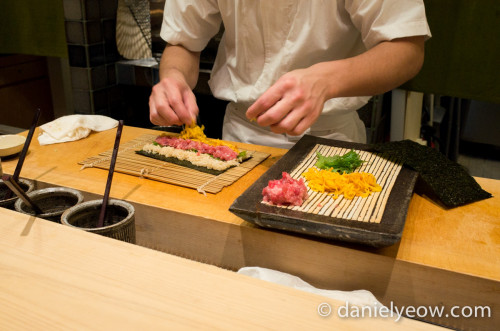
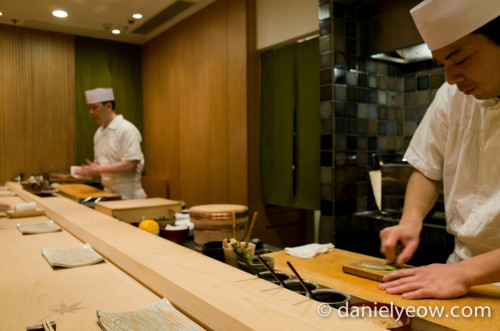
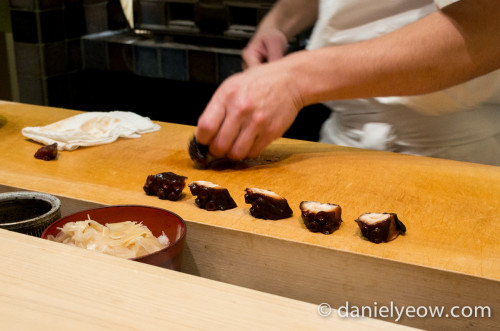
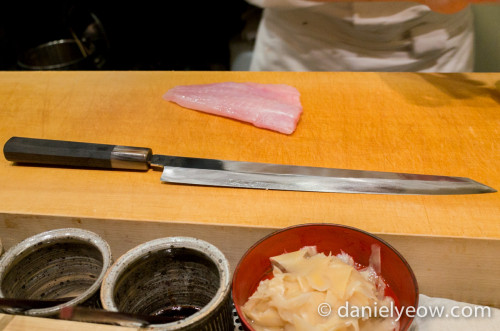
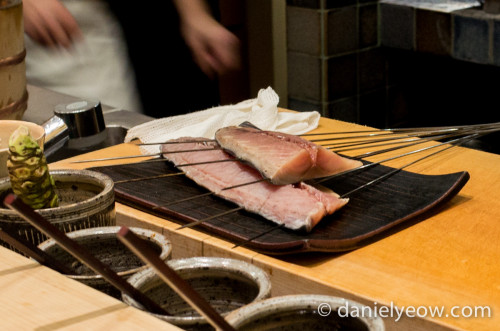
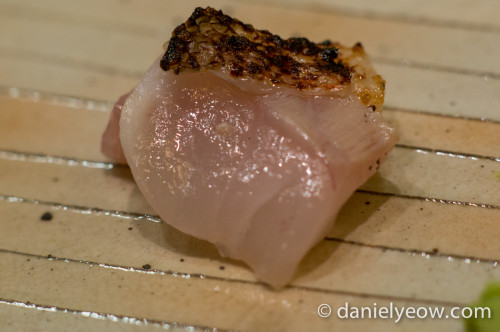
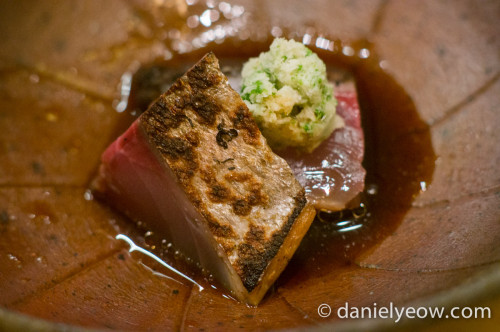
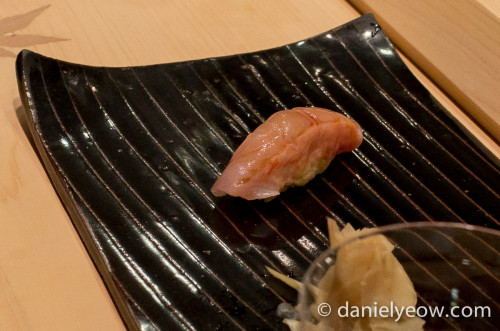
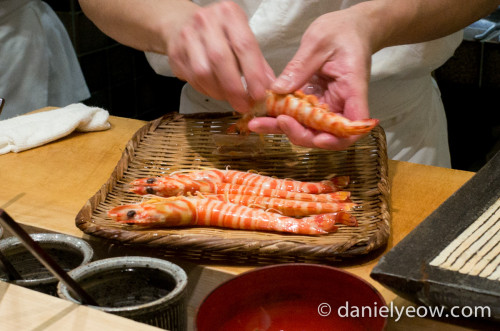
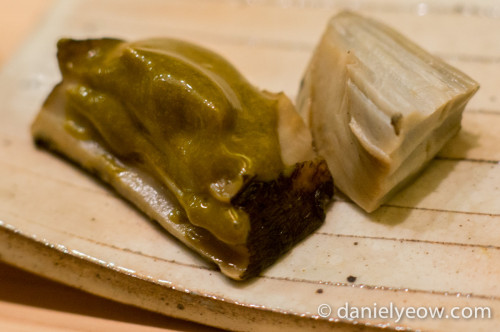
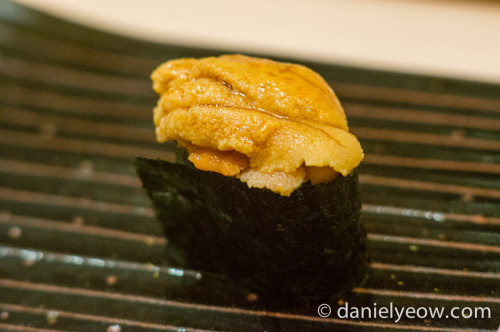
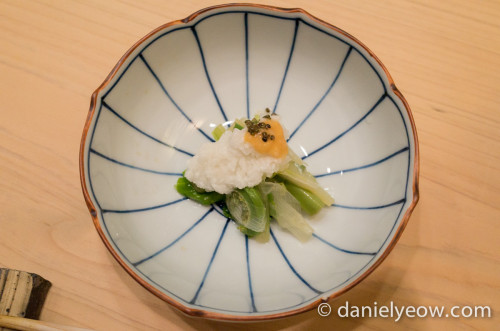
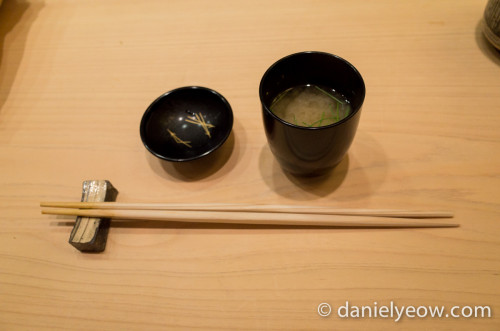
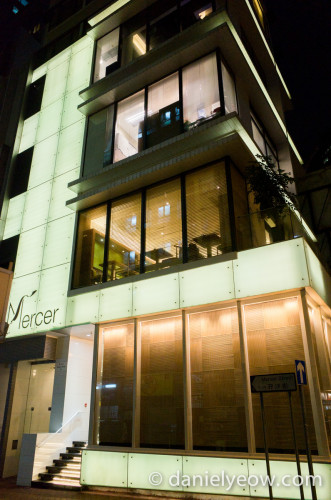
Leave a comment